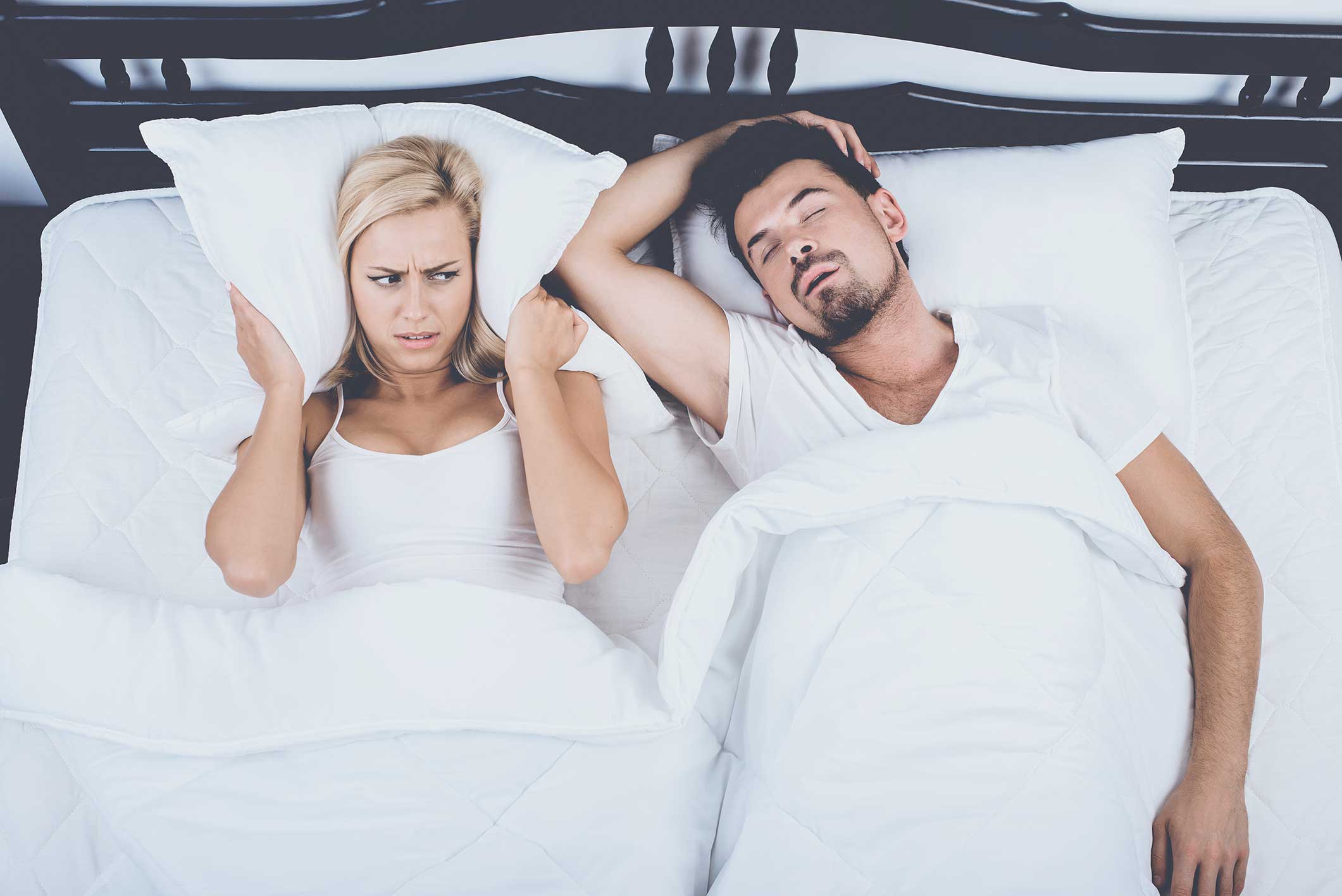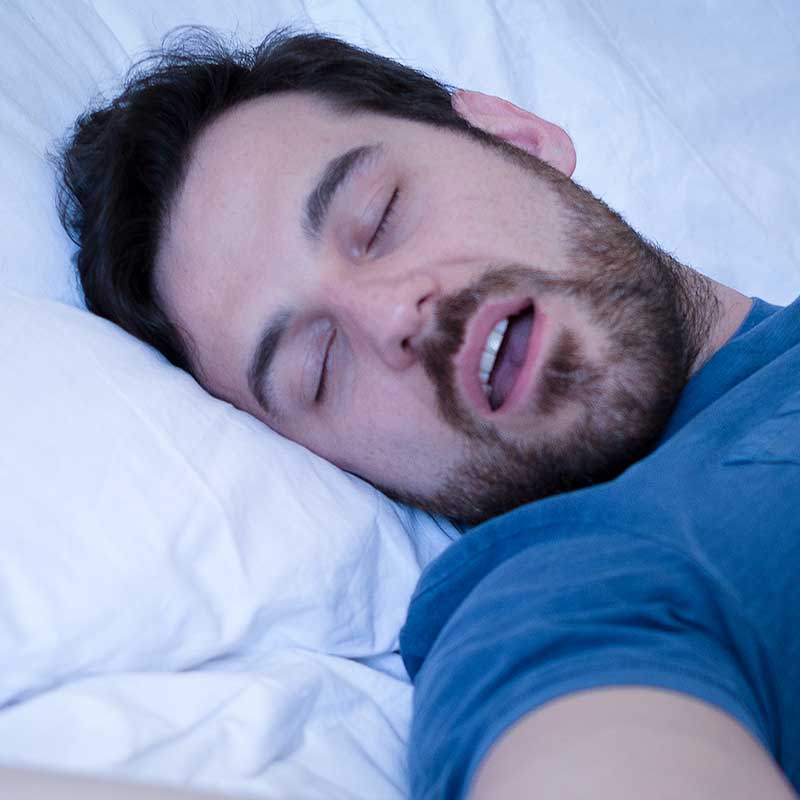
Obstructive Sleep Apnea
Do you wake up frequently in the night gasping for air? Does your partner complain about your snoring and that you suddenly startle in the night? Snoring occurs when something is partially blocking the airway while you sleep. But unlike regular snoring, obstructive sleep apnea can be very serious because the blockage does actually stop breathing, even for very brief periods of time.
What Causes Obstructive Sleep Apnea?

What Are the Symptoms of Obstructive Sleep Apnea?
Is Obstructive Sleep Apnea Dangerous?
Corpus Christi ENT Sinus & Allergy
Corpus Christi, TX
5641 Esplanade Dr.
Corpus Christi, TX 78414
Call: 361-320-6130
Fax: 361-287-0101
Monday through Friday, 8am – 5pm
Affiliated with Advanced Hearing Aid & Diagnostics, LLC





Find out how we can help! Call Us